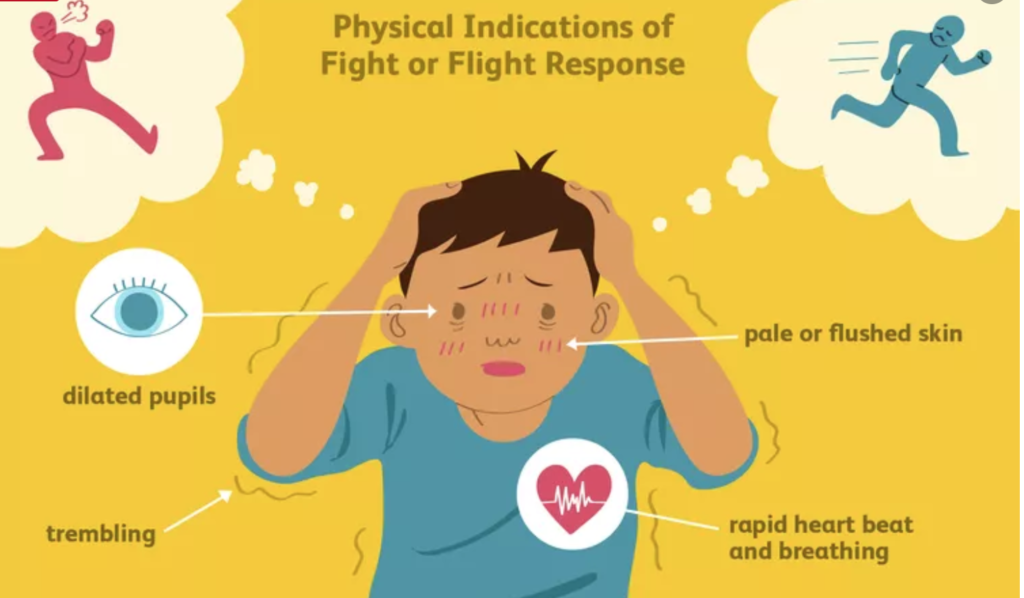
Hi, My name is Miss Jean, I’m a master swim instructor in Marin County, Ca. I have been teaching swimming for over 30 years. The most common thing I hear from a beginner swimmer is” I am scared of going underwater.” This has many complicated emotions, including flight or fright. These are innate survival skills that have kept humans alive for centuries.Then there are kids not scared at all both have there pro’s and con’s to learning to swim.
I teach infants to adults and some times this fear doesn’t go away with age. In fact, I find that the longer someone says’s “I CAN’T PUT MY FACE IN”. the more cemented it gets. I work on using positive language with all ages. I give them permission to be scared and then I push them into bravery. There are many comebacks to “I don’t want to go under the water”.
 For 4 and older kids, talking about the difference between under and in. Do you look in the refrigerator or under the refrigerator? Do you ride in the car or under the car?I like to ask.
For 4 and older kids, talking about the difference between under and in. Do you look in the refrigerator or under the refrigerator? Do you ride in the car or under the car?I like to ask.
Children under 2 don’t understand depth yet.
Gibson and Walk (1960)[1] hypothesized that depth perception is inherent as opposed to a learned process. To test this, they placed 36 infants, 6 to 14 months of age, on the shallow side of the visual cliff apparatus. Once the infant was placed on the opaque end of the platform, the caregivers (typically a parent) stood on the other side of the transparent plexiglass, calling out for them to come or holding some sort of enticing stimulus such as a toy so that the infant would be motivated to crawl across towards them. It was assumed if the child was reluctant to crawl to their caregiver, he or she was able to perceive depth, believing that the transparent space was an actual cliff.[3] The researchers found that 27 of the infants crawled over to their mother on the “deep” side without any problems.[4] A few of the infants crawled but were extremely hesitant. Some infants refused to crawl because they were confused about the perceived drop between them and their mothers. The infants knew the glass was solid by patting it but still did not cross. In this experiment, all of the babies relied on their vision in order to navigate across the apparatus. This shows that when healthy infants are able to crawl, they can perceive depth.[1] However, results do not indicate that avoidance of cliffs and fear of heights is innate.[1]
It has been my experience to teach each child start with getting in safely, crab walking around the whole pool, boobing up and down, to show depth awareness. Some kids run and jump in without any hesitating, this has put many parents in the water right after with their clothes on. ‘My kid is fearless” they say. That’s the opposite of course of fear until they almost drown. If that happens to you before you have started swim lessons, try to not feed the fear. I know how scary it is to see a non- swimmer fall or jump into water over their head. But, In lessons they willpractice this alot, so we stay with bravery and it’s going to happen.And it’s going to happen 10 times. So when to question comes,” Can I go in the water? “
You will change from “are you crazy you almost drown when you were a baby!” To “sure let me come with you” or after you take some swim lessons to improve. I would never bring up the near-drowning story again unless they are on a swim team. I’m classes are about moving forward. I look in the rearview to stay safe when changing lanes.
I schedule swim lessons with missjeanswimmng click here
